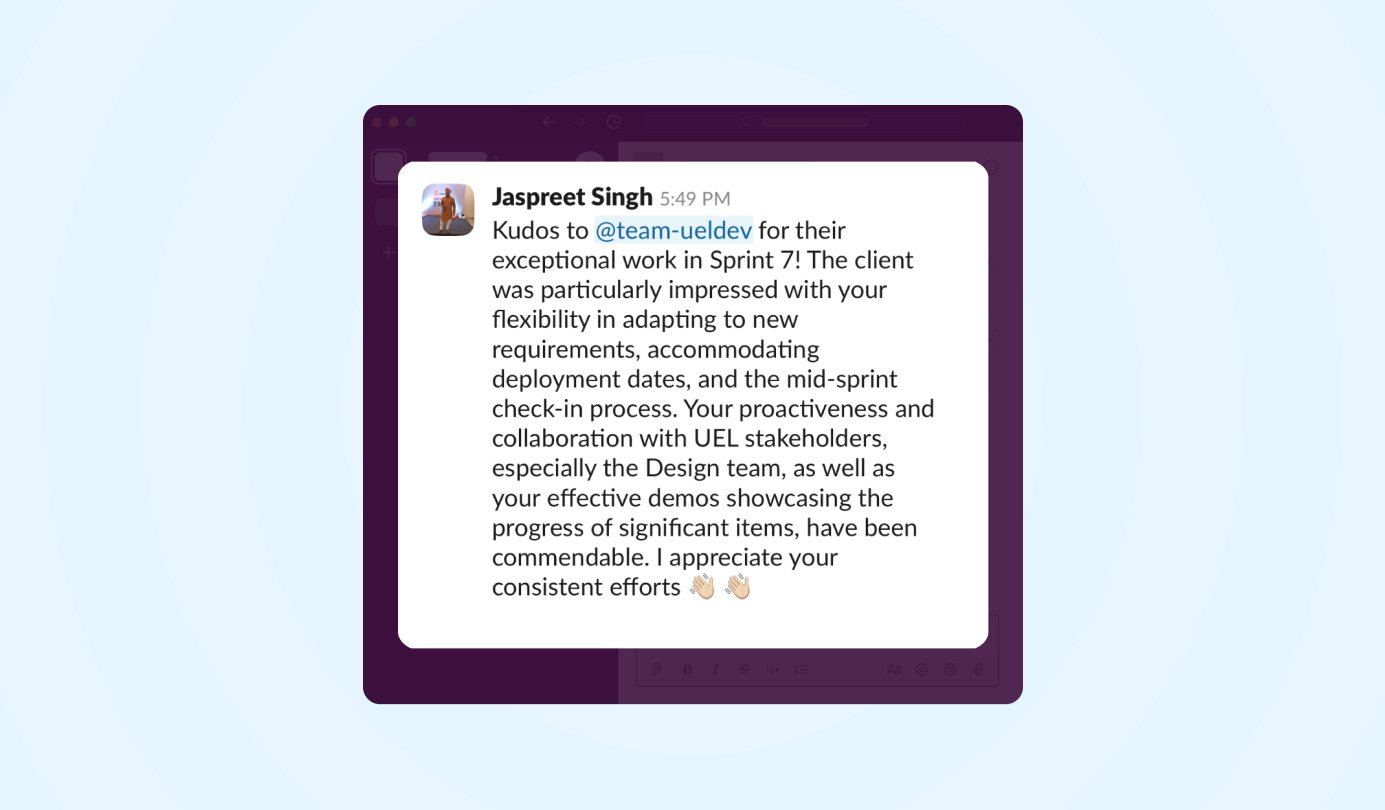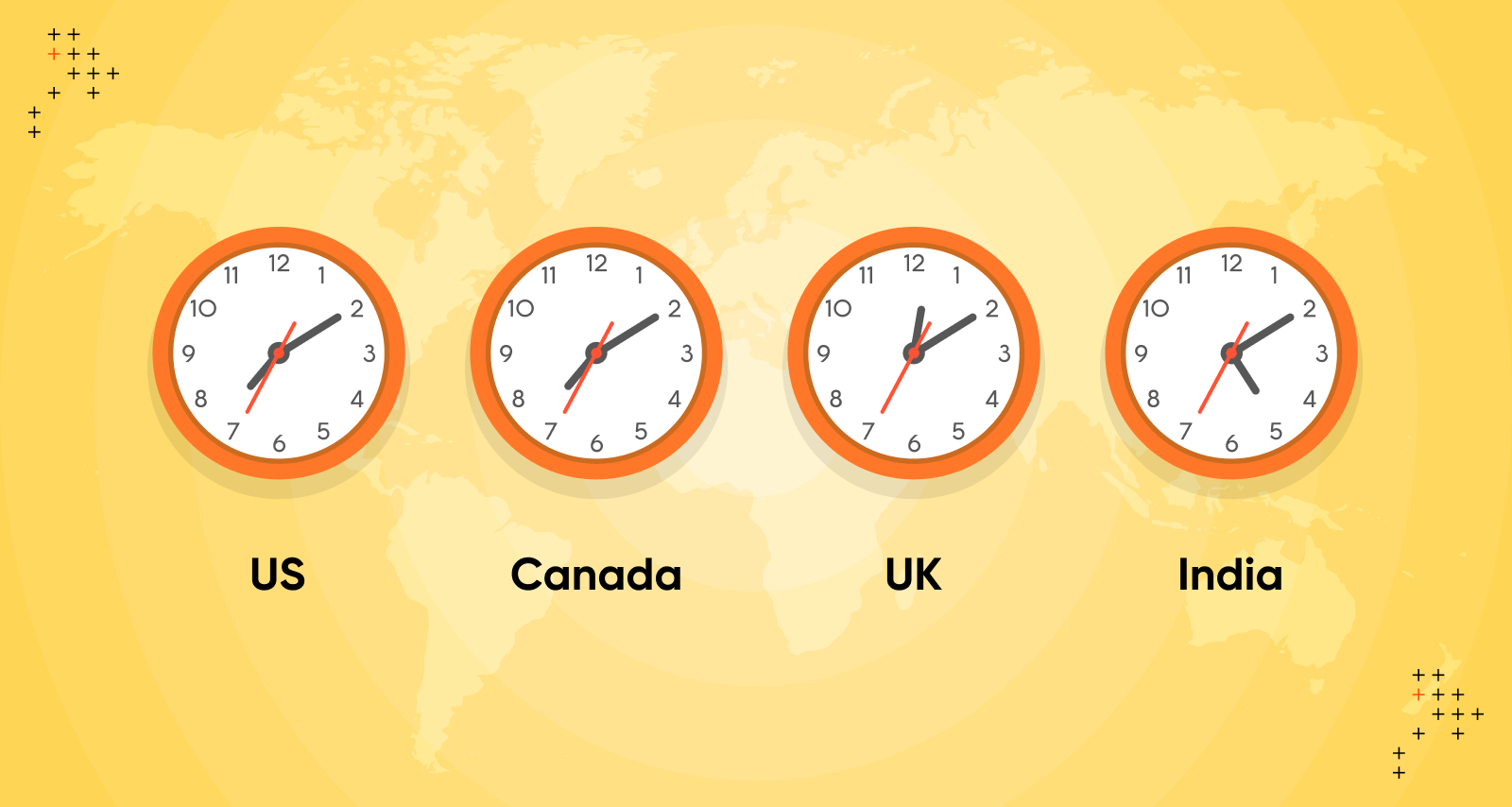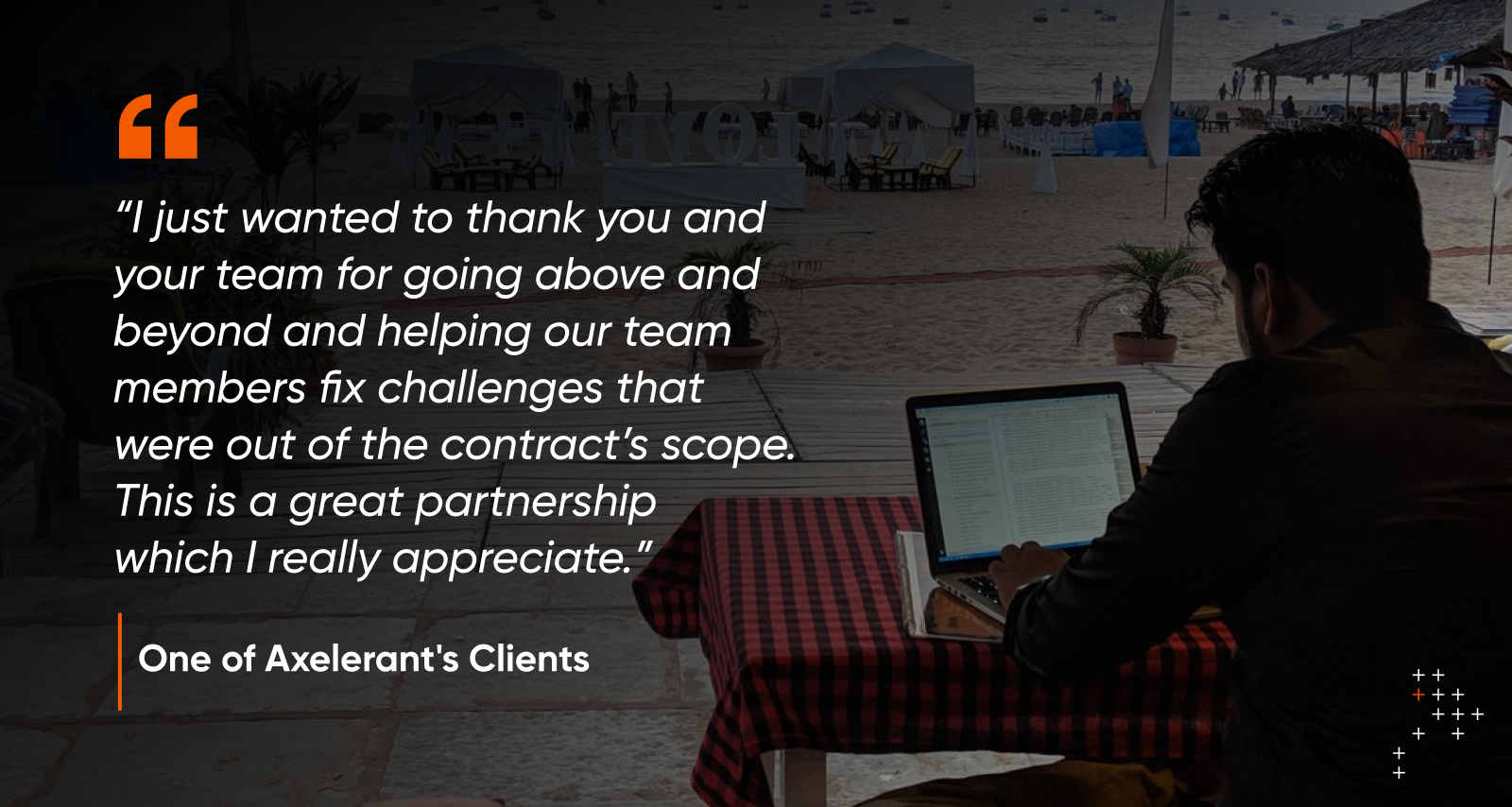Introduction
Time zone differences, once seen as a hurdle in effective global partnerships, have evolved into a strategic asset for companies leveraging remote workforces. For agencies in the USA, the UK, and other parts of Europe, collaborating with offshore growth partners offers opportunities to access global talent, achieve around-the-clock work cycles, and deliver faster results.
With the right project management tactics, processes, and tools, time zone differences are no longer a hurdle but a strength.
Drawing from Axelerant’s experience, this blog explores how agencies can leverage time zone management effectively to ensure seamless project delivery.
The Evolving Landscape of Remote Collaboration
Time zone differences were once viewed as a significant challenge in building a seamless global partnership, but this perception has shifted with the advent of advanced communication tools and refined project management practices. Companies have learned to turn this potential challenge into a strategic asset.
At Axelerant, "Our ability to work across time zones has gone from being a challenge to a competitive advantage. We've built a system where time differences enhance our capabilities, not limit them."
Axelerant, with over a decade of experience as a fully remote organization, has mastered the art of time zone management. Our team is strategically distributed across multiple geographies, allowing us to provide continuous coverage and support for our clients, regardless of their location.
Fact: Most of our clients are based in the US: 75% of revenue in FY23 have come from clients in the US, followed by 12% from clients in the UK. With entities in Asia, North America and Europe, we have demonstrated the ability to serve customers across geographies.
So, how do we handle time zone differences at Axelerant? Here are some strategies that we have implemented.
1. Flexible Teams and Strategic Time Zone Management
While most of our team members are based in India, Axelerant has developed a strategic approach to managing time zones that ensures continuous project progress.
A common misconception is that agile development requires co-located teams. At Axelerant, we debunk this myth through empathetic flexibility.
Rather than relying solely on a "follow-the-sun" model, we assemble project teams with members who are flexible and comfortable working across different time zones.
This approach allows for a consistent "pass-the-relay" process, where work is handed off seamlessly between team members in overlapping time zones.
Speaking from my experience, “Agile teams don’t need to be co-located. What matters is ensuring each team member understands the impact of their availability on others. This holds true across distributed teams, and we hold ourselves accountable regardless of time zones.”
By strategically scheduling overlapping work hours and ensuring team members are aligned and prepared for handovers, we minimize downtime and maintain momentum. This approach not only accelerates project timelines but also provides clients with increased efficiency and responsiveness, regardless of where our team members are located.

2. Embracing Asynchronous Communication for Seamless Collaboration
While real-time communication is valuable, it is not always necessary for every aspect of project management. At Axelerant, asynchronous communication tools like Slack, Zoom, Mavenlink, and Jira are used to facilitate effective collaboration without requiring team members to be online simultaneously.
What we have seen over so many years is , "Asynchronous communication allows us to maintain a steady flow of information and keep everyone aligned, even when we’re not all working at the same time."
This approach allows for greater flexibility and enables team members to work during their most productive hours while staying aligned with the overall project goals. Here, the most important thing is to ensure working/communication norms are created and there is a team buy-in for such.
To ensure time zone differences do not lead to miscommunication, Axelerant has developed clear communication protocols and set expectations for all projects.
These protocols include guidelines for response times, preferred communication channels, and escalation procedures for urgent matters.
"Clear communication is at the heart of successful remote collaboration. By setting these standards upfront, we minimize misunderstandings and ensure everyone is on the same page," And that's what we intend to achieve at Axelerant.
Having these protocols in place helps to prevent miscommunication and ensures that all team members and clients are aligned, regardless of their location. This alignment is crucial for maintaining project momentum and delivering high-quality results on time.
A Quick Tale About Priyasi’s, Axelerant’s Senior QA Analyst, Strong Communication Skills, Coming Directly From Our Client
Priyasi is a really strong asset on the team. She has the ability to pick up work quickly, is very efficient with her time and is a really strong communicator.
For example, on Highland Park Priyasi will raise relevant discussion points on dev work, with the right people, assess the severity and follow up with the appropriate action. Sometimes this might be a bug ticket, sometimes it's determining that it's expected behaviour. She will also raise Questions in the appropriate meeting if needed. Not only does she check work for the ticket that's been handed over, but will also see that there's been regressions etc.
Priyasi's stand down notes at the end of each day are very helpful to show what's completed or outstanding - an example of her excellent communication skills.
3. Optimizing Tooling and Workflow Integration
Axelerant's approach to time zone management goes beyond scheduling and includes optimizing workflows and tooling integration. Our teams work with a set of custom tools to push information proactively, reducing manual efforts and ensuring smoother handovers.
For instance, we integrate Slack with Jira, ensuring technical leads can track their responsibilities without manually checking boards. We also implement integrations with continuous deployment pipelines, enabling real-time alerts on deployments via Slack, which reduces response times and ensures timely interventions.
In ongoing projects with Service Level Agreements (SLAs) in place, uptime monitoring becomes critical. Tools like OpsGenie and Uptime Robot monitor systems and trigger alerts if downtime occurs. These alerts are integrated with Jira Service Desk, so customers are informed immediately, and the appropriate engineer is notified.
Each project is equipped with a tailored toolset based on the client's needs, ensuring monitoring, alerts, and resolution processes are seamless and automated.
4. Managing Technical Debt Across Time Zones
A crucial part of maintaining software stability across time zones is addressing technical debt. Technical debt arises when short-term fixes are made due to time or resource constraints, which can lead to performance issues later.
"You can think of technical debt like a ticking time bomb. Short-term fixes might work for now, but if left unchecked, they can cause major problems down the line—often at inconvenient times, like 3 AM."
At Axelerant, we address this through preventive maintenance and transparency with clients. Our teams regularly bring technical debt to the forefront of conversations, ensuring it is prioritized and resolved before it can cause larger issues.
We also maintain runbooks and playbooks for each project, providing engineers with a clear guide on how to resolve common issues before they escalate.
5. Leveraging Workstream Management for Effective Coordination
The Workstream Management Team at Axelerant plays a critical role in coordinating tasks and managing resources across time zones. This team, composed of program leads and tech leads, plans workflows strategically to ensure every project within their program has consistent processes and experience.
Workstream Management Team at Axelerant:
1. Provide leadership, optimization, and project management within an engagement.
2. Drive overall program strategy and oversee implementation of projects within a program.
3. Responsible for enabling the project teams to use the accelerators, platforms, and tools that it advocates or builds.
By optimizing handovers and managing project phases effectively, the Workstream Management Team ensures projects remain on schedule and that clients receive consistent, high-quality service.
6. Data-Driven Optimization of Time Zone Management
Axelerant continuously analyzes project data to refine our approach to time zone management. By understanding where delays and bottlenecks occur, we can adjust our strategies to improve efficiency and minimize potential impacts of time zone differences.
I want to emphasise on a point that, "We are always learning and adapting. By leveraging data, we identify areas for improvement and optimize our processes for better outcomes."
This proactive, data-driven approach allows Axelerant to anticipate challenges and make informed decisions, ensuring smoother project delivery and enhanced client satisfaction.

At Axelerant, we conduct regular Customer Experience (CX) Surveys to ensure that we are meeting client expectations, understanding their feelings and observations, and continuously evolving our processes.
The CX Survey mechanism involves collecting feedback from clients at key moments during the project. This feedback is gathered by project managers and shared with relevant team members, allowing us to identify areas for improvement and adjust our strategies accordingly.
Conclusion: Leveraging Time Zones for Competitive Advantage
Time zone differences are no longer a barrier in offshore growth partnership; they are a strategic asset for agencies that know how to manage them effectively. By adopting a distributed team model, promoting flexible work arrangements, leveraging asynchronous communication, and establishing clear protocols, agencies can transform time zone management into a competitive advantage.
At Axelerant, we have refined our time zone management strategies over years of experience, ensuring seamless project execution and superior client satisfaction.
Even when you’re in different parts of the world, it’s possible to build a strong partnership and complete successful projects.

Hetal Mistry, Director Of Global Delivery
Passionate about storytelling and history, I love reading and exploring music. Family time is essential, and I enjoy decluttering. Protecting my sleep and meals keeps me happy!

 We respect your privacy. Your information is safe.
We respect your privacy. Your information is safe.


Leave us a comment